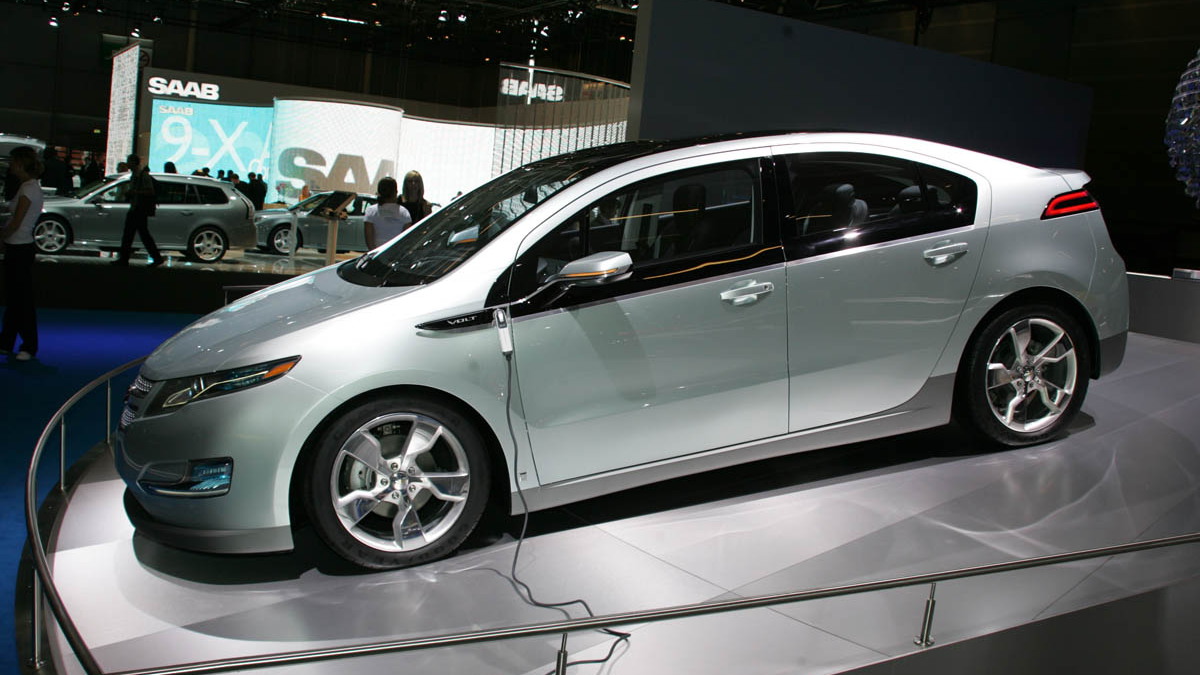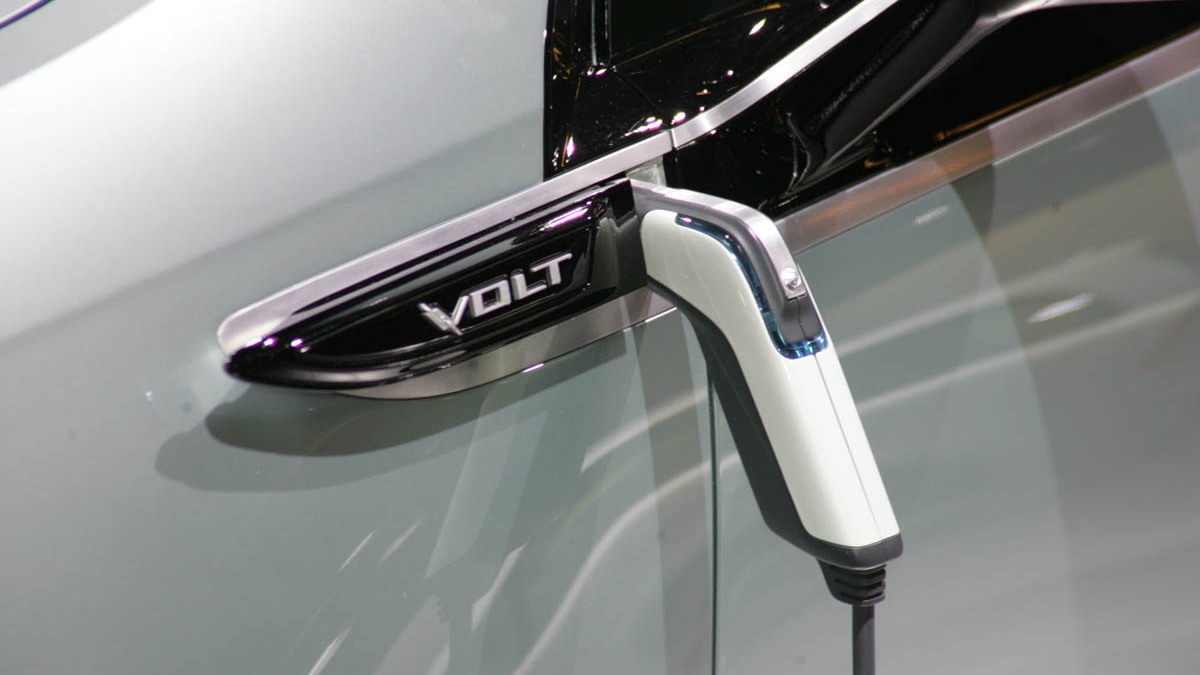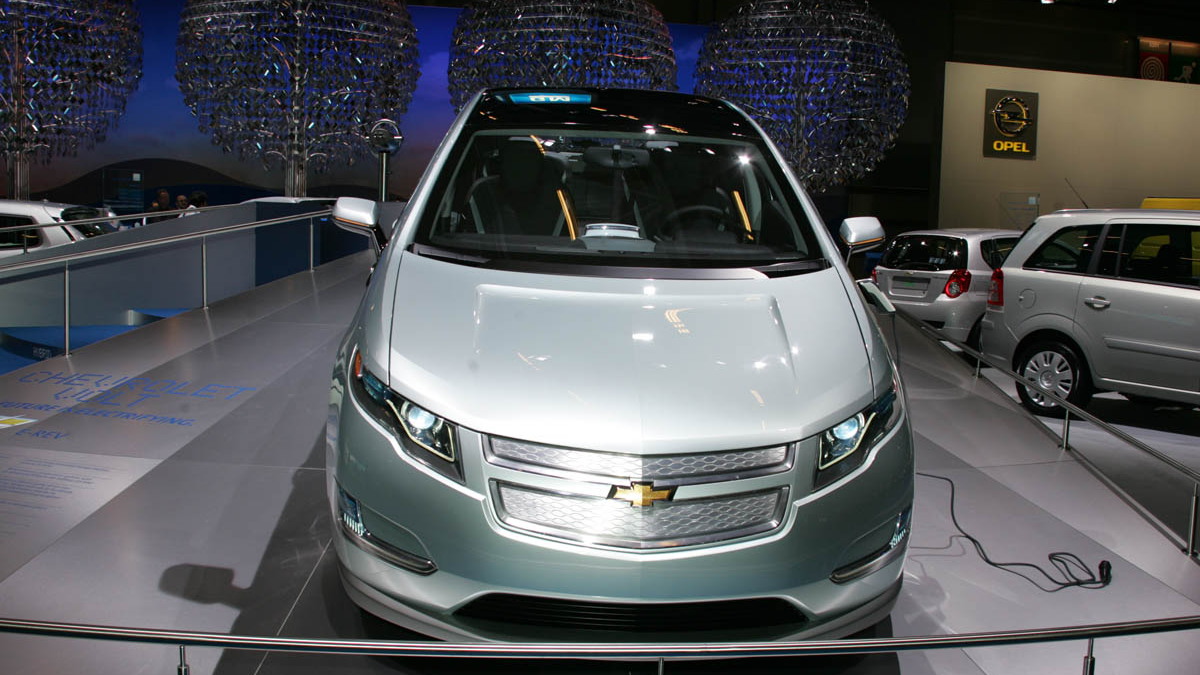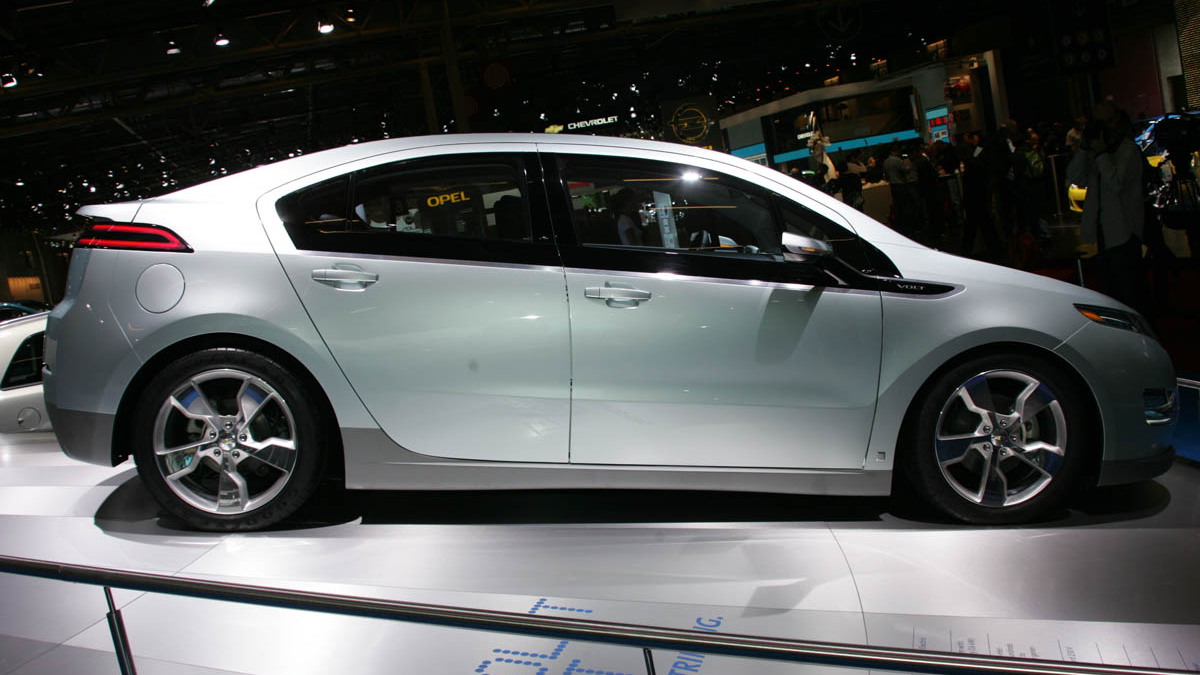An expert for the Electric Power Research Institute, Eladio Knipping, said at this week's Automotive News Green Car Conference, "Yes, the grid can handle it," referring specifically to the possibility of a 60% adoption rate of plug-in hybrids by 2050. That figure is on the high side of current estimates.
A key assumption underlying Knipping's assessment is that the rate of increase in the power load will be modest but constant. Sudden spikes, caused by rapid and widespread adoption of a technology like the plug-in hybrid, could produce adverse effects. Even if done in a manner conducive to the simultaneous expansion of electricity-producing capacity, the power companies will have to rely on smart delivery methods that spread electricity use out over the whole day, especially off-peak hours, so that there will be enough to go around during peak times.
Knipping's statement was based on the results of an 18-month study conducted by the EPRI and the Natural Resources Defense Council. The study examined the environmental impact of plug-in hybrids between 2010 and 2050 should they become widely adopted. By considering various estimates of market penetration, the study was able to evaluate the preparedness of the electrical grid.
As for the environmental results of the study, the joint effort found that the greatest overall reduction in greenhouse gases would come not just with the use of plug-in hybrids, but with the advancement and spread of clean electricity plants. Knipping did point out, however, that even if all the electricity used by plug-in hybrids were to come from older coal-burning electrical plants, the technology could still yield a 25% reduction in emissions.





